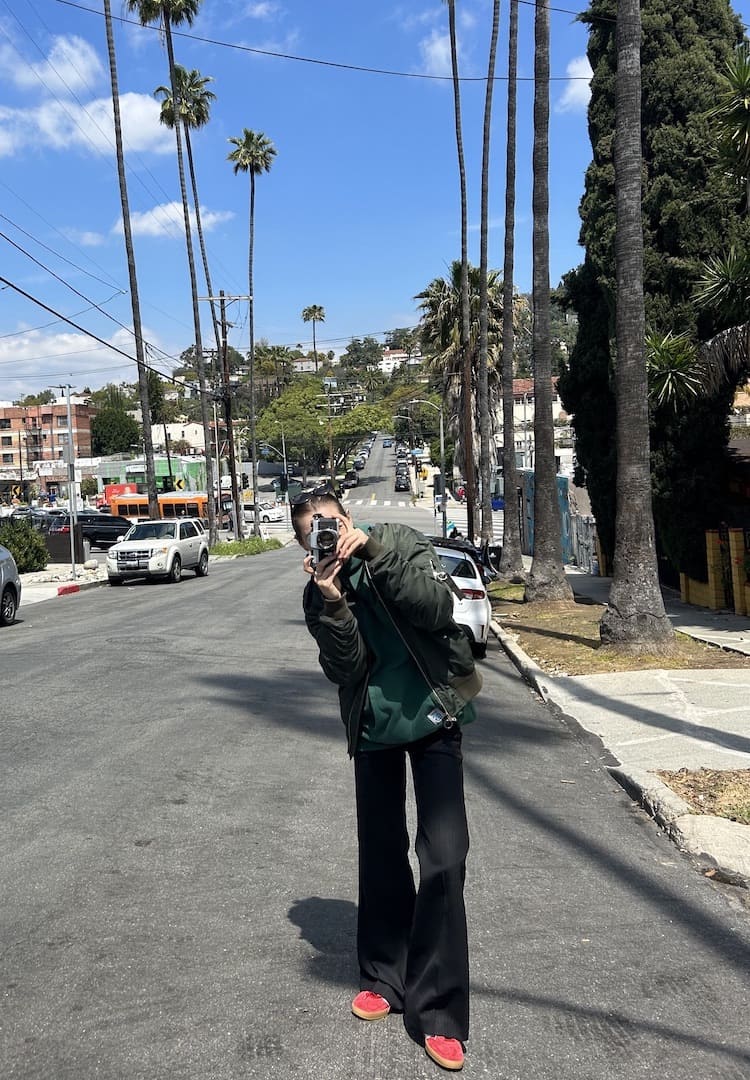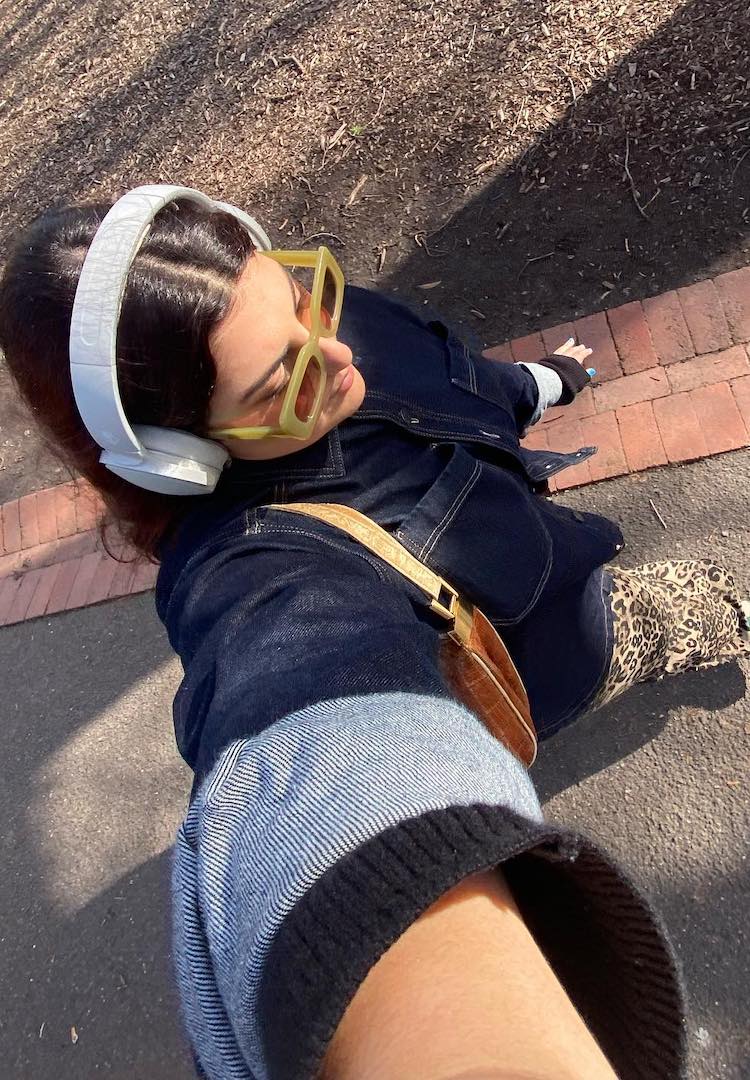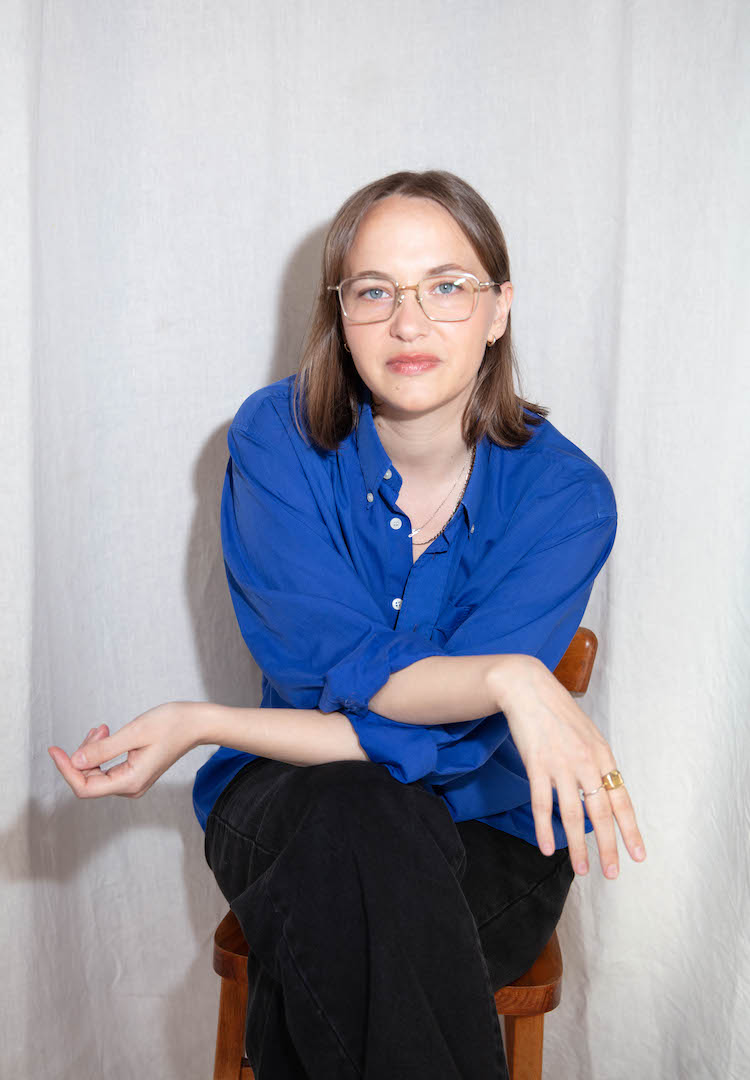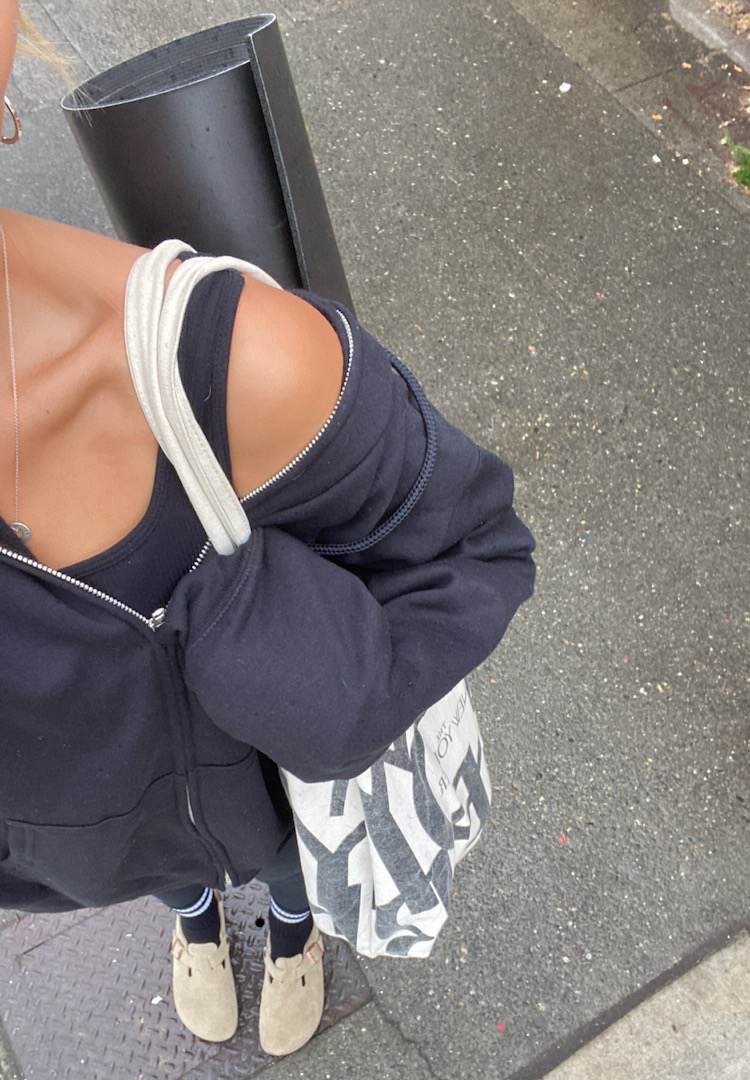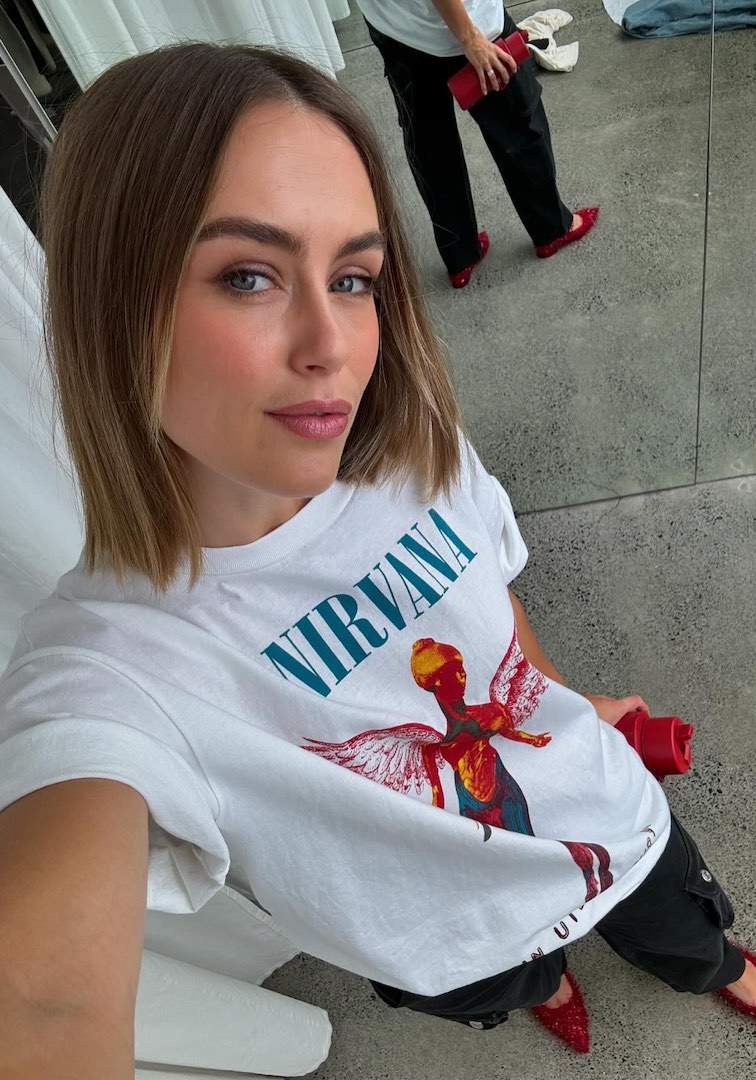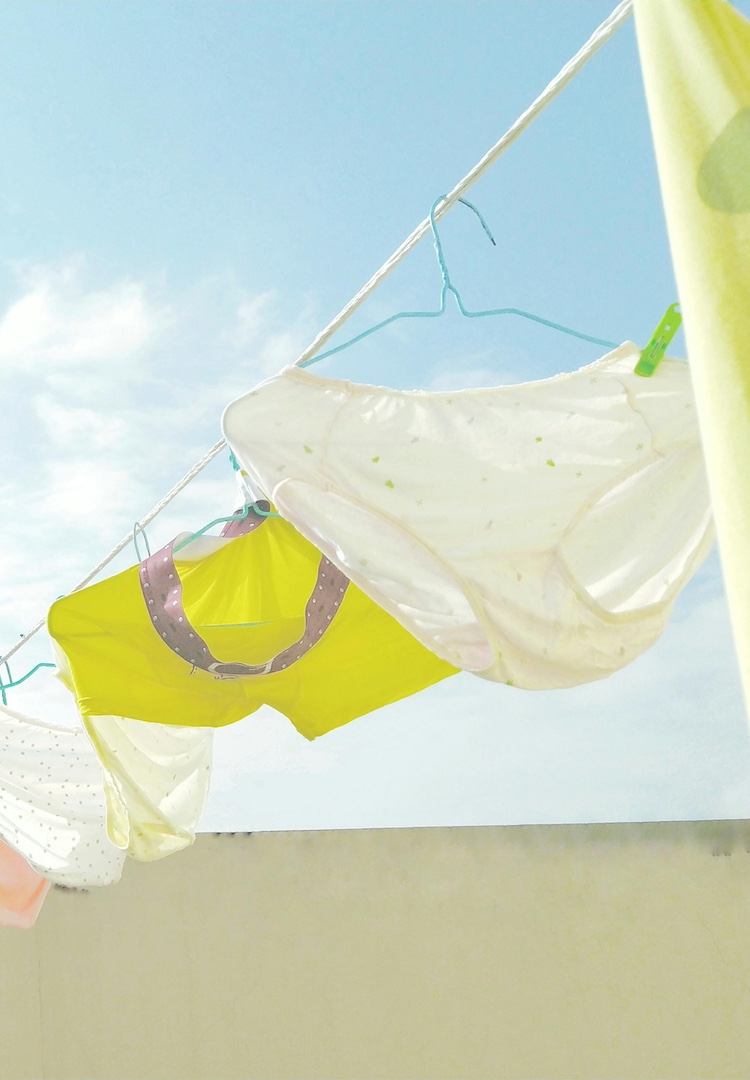How I Got Here: The CEO of The Digital Picnic on navigating neurodivergency in the workplace
WORDS BY CAIT EMMA BURKE
“To my fellow neurodivergent leaders: there aren’t many of us, and we need more divergent thinkers in leadership roles.”
Have you ever stalked someone on LinkedIn and wondered how on earth they managed to land that wildly impressive job? While the internet and social media might have us believe that our ideal job is a mere pipe dream, the individuals who have these jobs were, believe it or not, in the same position once, fantasising over someone else’s seemingly unattainable job.
But behind the awe-inspiring titles and the fancy work events lies a heck of a lot of hard work. So what lessons have been learnt and what skills have proved invaluable in getting them from daydreaming about success to actually being at the top of their industry?
Looking for a new 9 to 5? Head to our Careers page for new listings daily.
Welcome to How I Got Here, where we talk to women who are killing it in their respective fields about how they landed their awe-inspiring jobs, exploring the peaks and pits, the failures and the wins, and most importantly the knowledge, advice and practical tips they’ve gleaned along the way.
This week we speak with Cherie Clonan, the CEO of The Digital Picnic, a Melbourne-based digital marketing agency. Cherie’s journey has been anything but straightforward, from growing up in a low socioeconomic area and being the first member of her family to attend university, to navigating the workforce and scaling the leadership ladder as a proudly autistic woman.
After becoming the sole Director of The Digital Picnic in 2018, she’s taken the business from strength to strength and has become an industry leader for her human-centred and neuro-inclusive approach to work.
She recently launched an employee benefit scheme that covers the cost of autism and ADHD assessments for any staff, has made a commitment to promoting heavily pregnant women so their professional growth isn’t hindered by motherhood and embraces a trans-positive inclusion policy, providing financial support for staff that require gender-affirming surgery. Below, she shares what she’s learnt along the way.
What do you do and what’s your official job title?
View this post on Instagram
I’m the CEO of The Digital Picnic, a digital marketing agency based in Melbourne/Naarm that specialises in paid advertising. I lead a team of creative strategists, and I’m passionate about doing that in a humanistic and encouraging way. In an industry renowned for burnout, I like to think mine is a leadership style, and ours is a company, that’s the antidote to that.
Take us back to when you were first starting out. Did you study to get into your chosen field, or did you start out with an internship/entry-level role and climb the ladder? Tell us the story.
A combination of both, actually. To begin with, I studied in entirely different fields with the view to work entirely different careers (law and then a postgrad in mental health) but ultimately landed studying in marketing, and then digital marketing.
From there? It was an incredibly entry-level climb up the ladder until I eventually had the courage (and industry expertise) to launch my own digital marketing agency 10-plus years ago now. I’m really proud of my story because I grew up in an incredibly low socioeconomic area (housing commission in South Australia) and we lived well below the poverty line.
View this post on Instagram
I lived in homes with walls that were so paper thin, you could hear the sound of domestic violence in the homes on either side of you… and so to pursue studies in, well, anything, it was not something that I saw represented, and so nor did I think anything like that would be possible for me. I’m now the first person, and only person within my family (going back as many generations as I can think of) who has university qualifications, and I tell my own two children all the time that education is power.
My strategy career began incredibly entry-level (and I’m incredibly grateful for the experience) copywriting for one to two large online publications, and from there I got a life-changing tap on the shoulder to cross over to marketing strategy. I’d say that was the beginning of the rest of my career (but gosh, I’m so grateful for the copywriting experience. Not many strategists can write copy. And fast. And I can do both thanks to that first start.
What challenges/hurdles have you faced getting to where you are now? Can you tell us about one in particular?
I think the biggest challenge was most definitely becoming the sole Director of my company in October 2018. It wasn’t just the financial risk of buying out an exiting co-founder, but it was also knowing I was stepping into a business that was in its weakest financial state ever.
It’s now one of my favourite ‘CEO grit’ stories because we had $4,000 in our bank account at the time with a $22,000 pay run to run in 1.5 weeks and I made that pay run with $10 left in the bank account (post-pay run) via a product I developed for our business in record time that subsequently launched, and launched well.
View this post on Instagram
Every pay run after that initial close call had more and more left in the bank each time we ran it, and I learnt invaluable lessons around financial acumen thanks to diving deep into our business’ financial data and respecting it. [I was] always trying to be five to 10 steps (or one or two years) ahead of our forecasts.
I consider myself a creatively oriented CEO, but I can’t have what I want – creatively speaking – for this business, myself and my team without really respecting profit, loss, financial forecasts and building out solid associated financial and business acumen.
What do you want people to know about your industry/your role?
As you progress into leadership roles, and senior leadership roles, you’ll never need a stronger mindset. You have to do the work on understanding yourself and understanding others. You have to have really hard conversations. And as a result of that, you have to develop the courage to be disliked.
I’ve reached a point, personally speaking, where I sleep really well at night knowing that on any given day I’ve done the most good that I can do when it comes to the people that I’m leading and I’m proud of who I am, and how I serve. But it’s taken huge mindset work to get to this place, as well as investing in incredible leadership coaching and consulting.
What’s the best part about your role?
View this post on Instagram
The people. My team. They light me up inside in ways I can’t even begin to articulate. I’m a really proud autistic woman, and my autistic special interest is people. I have always loved studying people, and human behaviour in general. So to now be responsible for leading a team towards an incredible common goal is, without doubt, some of the best work that I get to do.
What would surprise people about your role?
I’m only sharing this because it was such an early days surprise to me, but you can not go into any role where you’ll be leading people and teams with a need to be thanked. It is one of the most thankless roles (HR professionals everywhere will back this statement, profusely). You will regularly go above and beyond for people and teams but the thank yous don’t come. And they’re not meant to: your team aren’t there to thank you, it’s you who needs to articulate above and beyond gratitude for them.
I’ve seen some pretty ego-fuelled leadership out there where a people leader is there for the thanks, the praise, the ‘win’, the ego, I guess… and it never ends well. On the flip side? I’m an above and beyond generous leader, and I’m rarely thanked, and don’t do any of the plethora of things that I do for the thanks. I get my thankyous by watching my company surpass industry average retention rates by years – my team stay. And really outstay, according to industry averages, and that’s the entire thank you/data that I need to know I’m doing okay.
What skills have served you well in your industry?
View this post on Instagram
I’m innovative. Seriously innovative. And innovation is contagious. It spreads to my team and makes them feel like big ideas (and ideas machining in general) will serve them well. Our industry has weathered some pretty tough storms within the last four years (global pandemic, followed by an economic downturn), and our company has fared well throughout some of these harder times and I really do believe it’s [because of] our commitment to innovation.
What advice would you give to someone who wants to be in a role like yours one day?
Your entire calendar will become entirely booked, back to back, at the beginning of every week, if you allow that to happen. My advice? Protect your calendar at all costs. When I first entered C-suite I figured I would be an open-door kinda leader, and so my calendar should be the same. No. I cannot serve this company, and nor can I serve this team well, when I’m running from one meeting to the next, often without hydration or nutrition.
These days I block entire days (Wednesdays and Fridays) and keep them meeting-free so that they can be my ‘CEO days’ where I can work on big-picture stuff that genuinely moves the needle on this company, and in a hyperfocused way. I also ensure that I have fifteen-minute buffers on either side of meetings now, and then finally, I block Wednesdays and Fridays at school drop-off/pick-up times so that I can drop my kids/collect my kids from school two days per week (important to me as the mum of a teen and tween).
What about a practical tip?
View this post on Instagram
To my fellow neurodivergent leaders: there aren’t many of us, and we need more divergent thinkers in leadership roles. We’ve all heard of fight-and-flight responses to stress, but neurodivergent folk often have a lesser-known response to stress, which is a fawn response, when an individual copes with a perceived danger by attempting to appease whoever is causing the danger in order to prevent them from causing harm. In leadership teams, it means we don’t put ourselves forward for leadership positions, despite being overly qualified for them.
Take up space. Explore what a fawn response might look like on you and within you. Do the work. Go to therapy. If you can’t afford therapy? Research ‘fawn response at work’ on TikTok, and listen to the plethora of lived experiences shared there. We make excellent leaders, we just have to land the positions first – often the hardest part because of a) how overlooked we are, and b) how regularly infantilised we are.
Read the rest of the How I Got Here series here.
Looking to step up to a career in fashion? Each week we send a wrap of industry jobs straight to your inbox. Enter your details below and we’ll keep you in the loop, or browse current openings here.

